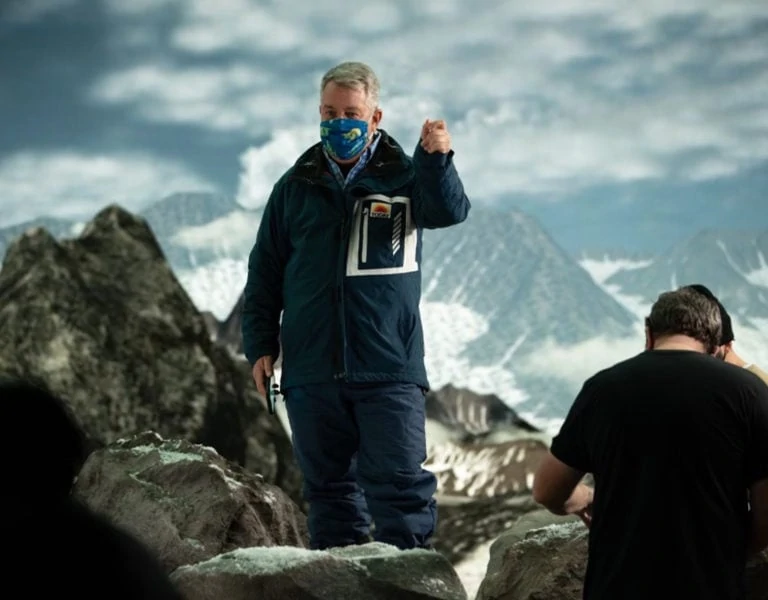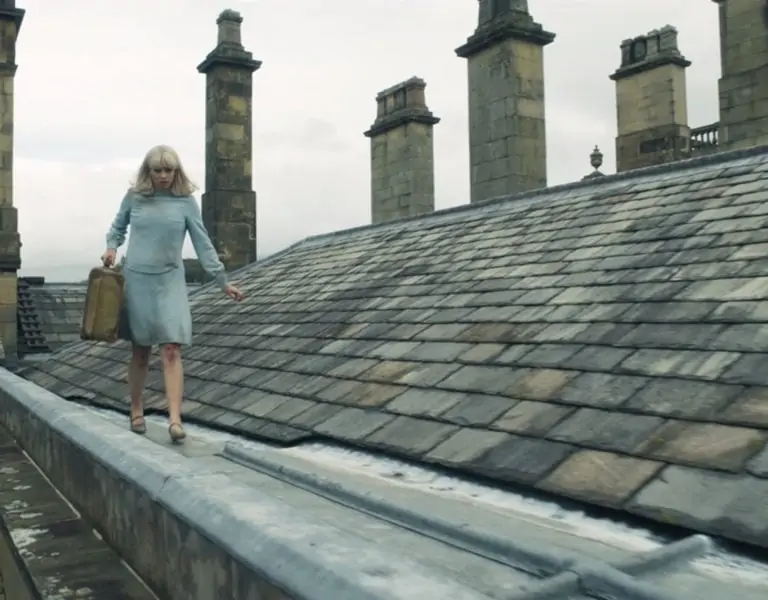AT THE RACES
Capturing a sport known for its brutality and aggressiveness in a tender light is no easy feat. But this is exactly what ASC Spotlight Award nominee Adolpho Veloso achieved in lensing Clint Bentley’s Jockey.
Starring Clifton Collins Jr. as the titular, aging Jockey, the character-centric film is full of nuance and heart under the glorious skies of Arizona.
What initially appealed to you about the film?
The fact that Clint wanted to do a movie about a man that is a jockey, not just a movie about horse racing, is what really drew me in. It was an intimate perspective on all the struggles that jockeys face.
How did you collaborate with the director?
Clint had a lot of trust in me and gave me so much freedom while still being super sure about the movie he wanted to make and what perspective he wanted. Hopefully, we will be shooting something together again soon.
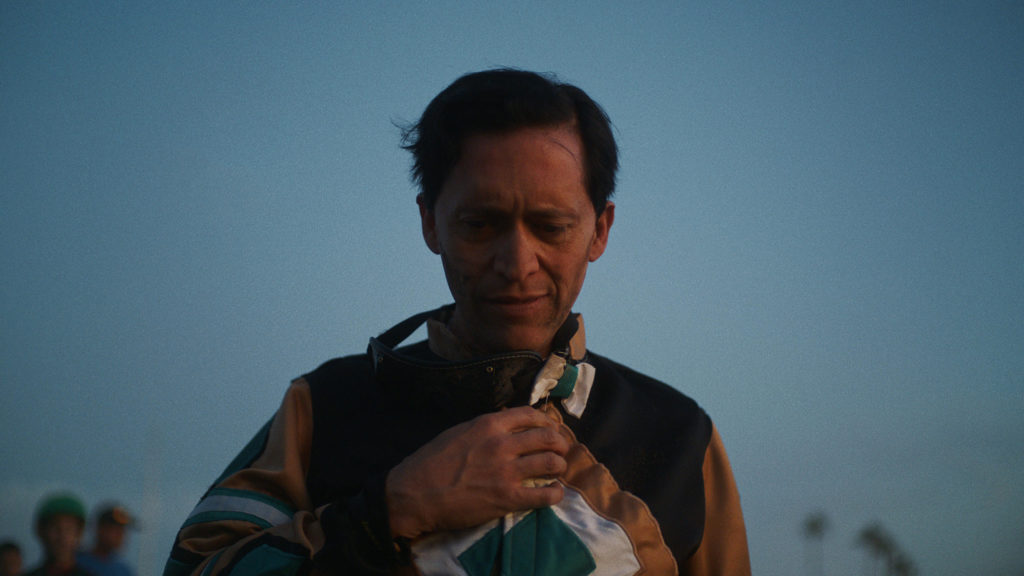
Who were the other key members of the team you worked closely with?
I worked very closely with the cast, especially Clifton. I had my camera just a few inches from his face almost all the time, so we had to be in sync. He was amazing in front of the camera, but also behind it too.
What creative references and inspirations did you consider?
We absorbed a lot of the environment itself. We spent a lot of time on the race track before shooting, and that was our main inspiration. All of the stories we heard from those jockeys really stuck in my mind.
The film deals intimately with real animals. How did you approach this and what are the difficulties of shooting animals?
Production was super respectful of the horses, so everything involving horses was done almost in a documentary way. We adapted more to what they did instead of trying to make them do what we wanted, even for the scene with the wild horses. Someone told us that wild horses usually crossed this river at dusk, so we just went there with Clifton and waited. They came!
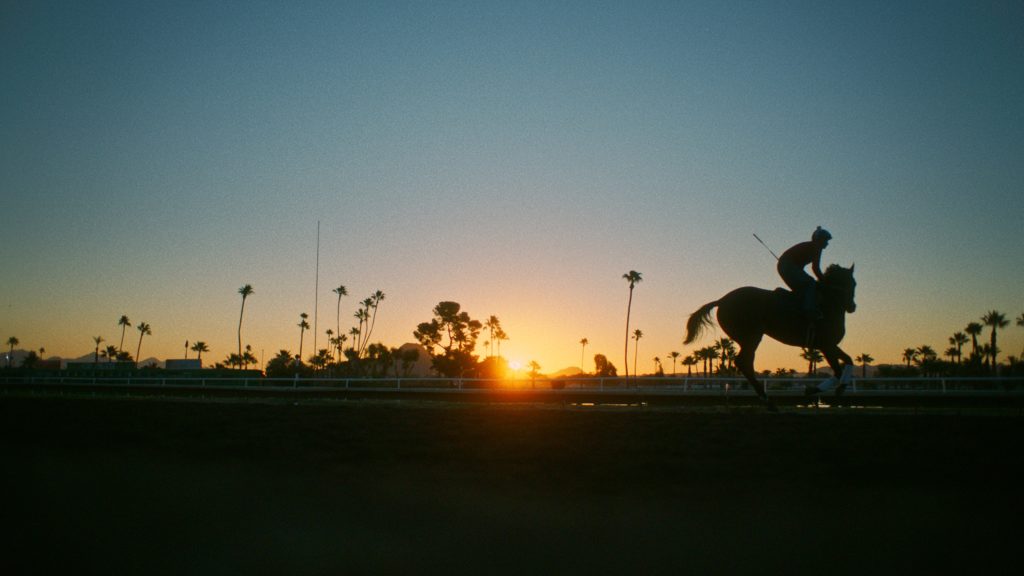
How did you achieve the intensity of the racing scenes?
Clint and I decided to make a film where you are with the main character the whole time. You basically just see what he sees. So, it only made sense for us to have the same approach for the races and keep the camera tight on his face for it. It was a bold move, but in the end, it really fits the language of the film and also suited the conditions we had.
What was your favourite, of the many beautiful locations to shoot?
I love the place where Jackson goes looking for a horse to buy. That place had some magic to it. And the one that made me feel the money was in Arizona.
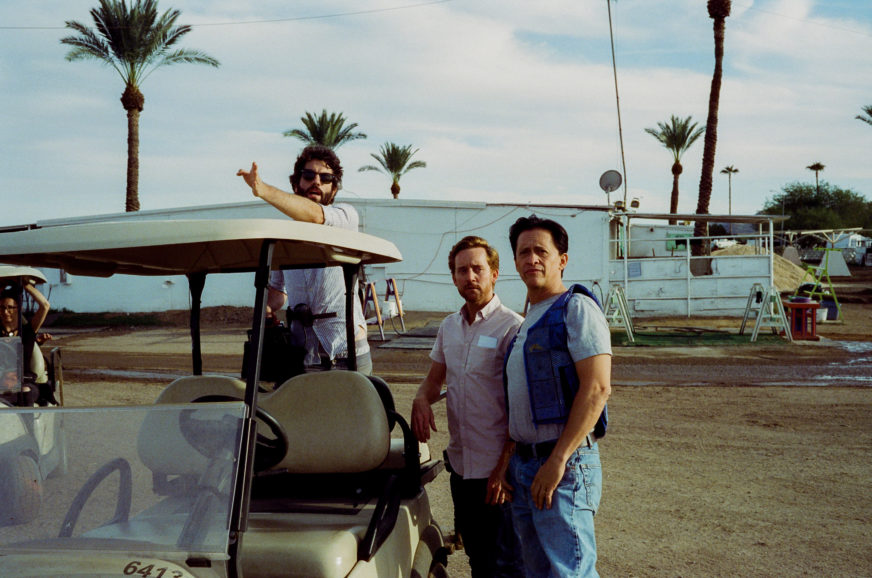
How did you manage tricky lighting situations and ensure you caught these vistas at their most stunning?
We wanted to shoot as much as we could at dusk or dawn to mimic the transitional moment that Jackson and Gabriel are going through. The sun is setting on Jackson’s career while it is rising on Gabriel’s. So, we had to have everybody on board and luckily we had an amazing cast and crew that were up to it. It’s tricky because that means shooting just a few takes at the right light. It was risky, but worth it.

How did you approach grading Jockey?
I was lucky to have Sergio Pasqualino Jr. board. We decided to work mostly on bringing texture to the image and trying to keep the tones we had when shooting. That Arizona sky has such an amazing colour to it that during post, Clint and I were looking at pictures we took while shooting so we could try to bring the colours we saw back there into the final film.
What camera package did you use to suit the production?
An Alexa Mini with a set of Zeiss Super Speeds. We also had a Angenieux Optimo 24-290, combined with a 1/4 black Pro Mist almost all the time. For some shots I just had a lot of dirt on the lens to create a gritty effect.
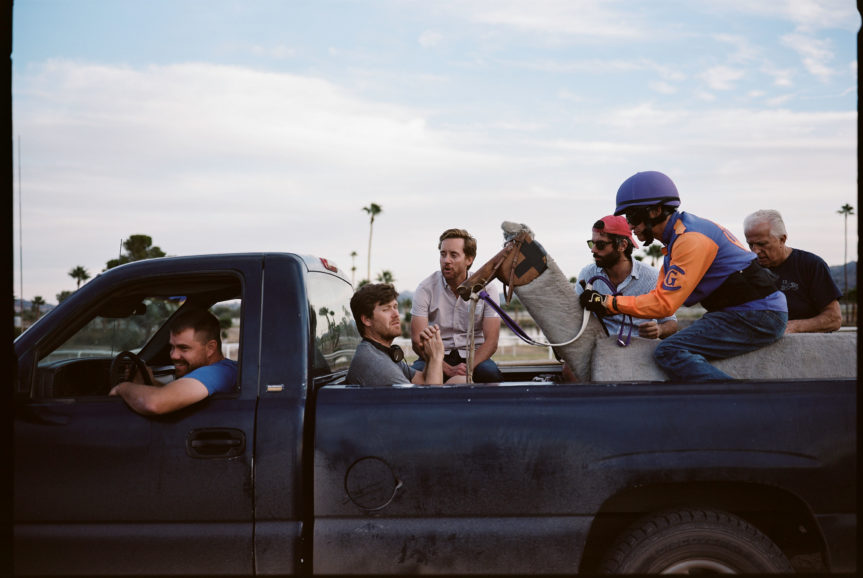
What was the biggest challenge the production presented and how did you overcome it?
The schedule. We had just 20 days to shoot everything, and I think the fact that we had such a small but brilliant crew made it possible. We had the flexibility we needed, but also the efficiency, so everything worked out. We even have lot of scenes that didn’t make the final cut.
What was your proudest moment throughout the production process?
That’s a hard one. Probably when we shot the last scene. It was one of those rare times that you know you’re doing something special while shooting it. I was looking at all of Clifton’s emotions through the viewfinder, saying everything without saying a word, and I think the only reason I didn’t cry was because I was so focused on walking backwards and trying to not ruin it.
What lessons did you learn you will take with you onto future productions?
That you can make a movie with a crew of 10 just as effectively as you can with a crew of a 100.
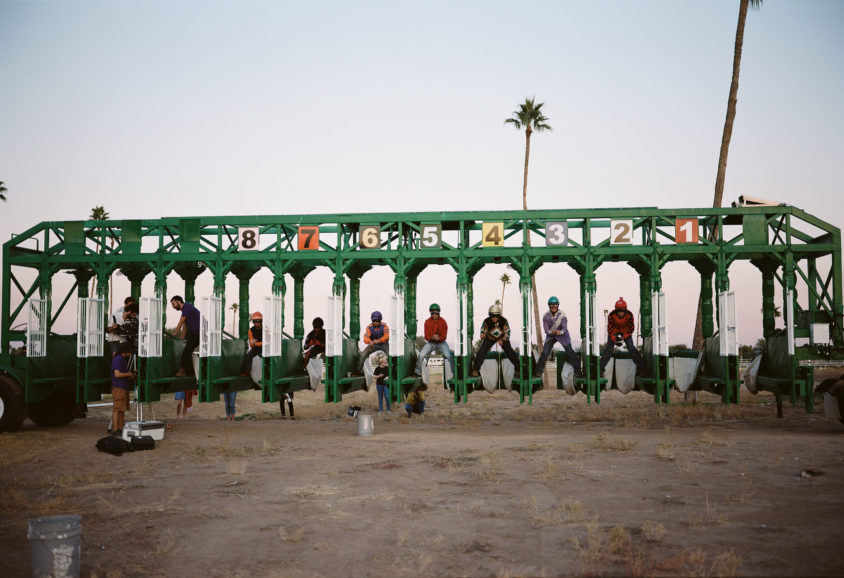
–
Header image credit: Elliott Travis

